Dell Precision 5540 Core i7-9850H and Quadro T1000
Out of stock
| Brand and Model | Dell Precision 5540 |
| CPU model | Intel Core i7-9850H |
| Installed RAM memory size | 32 GB DDR4 |
| Graphics card description | NVIDIA Quadro T1000-4GB |
| Hard disk size | 512 GB SSD Nvme |
| Screen size | 15.6 Inches Full HD |
| Colour | Silver |
1,500.00 AED 1,700.00 AED
Out of stock
ComparePros of Dell Precision 5540 Core i7-9850H and Quadro T1000
1. Powerful Performance
The Precision 5540 can be configured with up to Intel Core i9‑9980HK or Intel Xeon E‑2276M processors, along with NVIDIA Quadro T1000 or T2000 graphics. This makes it capable of handling intensive tasks such as 3D rendering, large data processing, and video editing with ease.
2. Stunning 4K OLED Display
One of the standout features is the optional 15.6” 4K OLED display. It offers deep blacks, vibrant colors, and excellent brightness. With nearly 200% sRGB color coverage, it’s ideal for creative professionals who need color accuracy.
3. Premium Build Quality
Built with an aluminum and carbon-fiber chassis, the 5540 is both durable and stylish. It meets MIL‑STD 810G standards for durability and weighs around 2 kg (4.4 lbs), making it relatively portable for a workstation.
4. Good Thermal Design & Upgrade Options
The cooling system includes twin fans and heat pipes to manage thermals. Internally, the 5540 supports up to 64GB of RAM, and includes two RAM slots, one M.2 SSD slot, and room for a 2.5” drive (depending on battery size).
5. Solid Port Selection
It includes Thunderbolt 3, HDMI, USB-A, USB-C, SD card reader, and a headphone jack. While not overloaded with ports, it covers most professional needs and works well with USB-C docks for expansion.
Cons of Dell Precision 5540 Core i7-9850H and Quadro T1000
1. Average Battery Life
With the 4K OLED display, battery life is around 6 hours for web browsing, and less under heavy load. The high-resolution screen and powerful components drain the battery quickly.
2. Gets Warm Under Load
The laptop can get noticeably warm during heavy tasks, and the fans may become active even with moderate usage. While this is expected for a mobile workstation, it can be a downside for long sessions without cooling.
3. Familiar Design
While sleek and premium, the 5540 shares its design with the Dell XPS 15. It looks great but doesn’t stand out much from consumer laptops in appearance.
4. Limited Legacy Ports
There’s no Ethernet port and only two USB-A ports, so users may need dongles or docks for additional connectivity.
User Feedback (from Reddit) for Dell Precision 5540 Core i7-9850H and Quadro T1000
• Some users report the i7 model performs well but recommend replacing fans for better cooling.
• The aluminum body gets warm but is manageable.
• No major issues reported, and many are still satisfied after long-term use.
Dell Precision 5540 vs Dell Precision 5550 – Detailed Comparison
The Dell Precision 5540 and 5550 are both 15.6-inch mobile workstations designed for professionals who need powerful performance in a portable form factor. While they share some similarities, the 5550 introduces several improvements over the 5540 in terms of design, performance, and display.
Processor (CPU)
• Precision 5540: Comes with 9th Gen Intel Core i5, i7, or i9 processors, and an optional Xeon E-2276M CPU.
• Precision 5550: Upgraded to 10th Gen Intel Core i5, i7, or i9 CPUs, and optional Xeon W-10855M or W-10885M.
Verdict: The 5550 offers newer and faster 10th Gen CPUs, resulting in better performance and power efficiency.
2. Graphics (GPU)
• 5540: Offers NVIDIA Quadro T1000 or T2000 graphics.
• 5550: Also offers Quadro T1000 or T2000 GPUs, but with slightly better thermal design and performance tuning.
Verdict: Nearly a tie, but the 5550 has better thermal efficiency, which can improve performance consistency.
3. Display
• 5540: Features a 15.6” FHD (1920×1080) or 4K UHD OLED (3840×2160) display.
• 5550: Offers a higher-resolution 15.6” FHD+ (1920×1200) or 4K UHD+ (3840×2400) display with a 16:10 aspect ratio and slimmer bezels.
Verdict: The 5550 wins with a taller 16:10 screen, more usable workspace, and a sleeker design.
4. Design & Build
• 5540: Built with an aluminum lid and carbon fiber palm rest, based on the older XPS 15 chassis.
• 5550: Features a redesigned chassis with even thinner bezels, smaller footprint, and a more modern look.
Verdict: The 5550 is thinner, lighter, and more compact, making it the better-designed machine.
5. RAM & Storage
• Both laptops support up to 64GB DDR4 RAM and fast NVMe SSDs.
Verdict: It’s a tie in terms of maximum upgrade potential, but the 5550 uses faster memory configurations and improved internal layout.
6. Battery Life
• 5540: Averages around 6 hours with the 4K OLED display.
• 5550: Slightly better battery optimization, with up to 7–8 hours on lower-resolution models.
Verdict: The 5550 has a slight edge in battery life, depending on the configuration.
⸻
7. Ports & Connectivity
• 5540: USB-A, HDMI, Thunderbolt 3, SD card reader, headphone jack.
• 5550: Drops USB-A and HDMI in favor of 2x Thunderbolt 3, 1x USB-C, SD card reader, and audio jack.
Verdict: The 5540 has more legacy ports, but the 5550 moves toward a USB-C future. You may need dongles or a dock with the 5550.
Product Overview
| Weight | 1.78 kg |
|---|---|
| Dimensions | 34.7 × 23.5 × 1.17 cm |
| Display | 15.6" FHD (1920×1080) IPS |
| Graphics | NVIDIA Quadro P1000 4GB |
| CPU | Intel Core i7-8850H |
| RAM | 32GB DDR4 |
| Storage | 512 SSD Nvme |
✔️ Performance & Design
• NotebookCheck calls it “one of the best ultra portable workstations,” balancing power and portability, though noting some thermal throttling under heavy workloads.
• StorageReview highlights strong benchmark scores from its Xeon E‑2176M CPU and Quadro P2000 GPU, delivering solid results in SPECviewperf and SPECwpc suites.
✔️ Display & Build
• Praised for its vivid, high-quality 4K IGZO display—“absolutely gorgeous,” close to MacBook Pro quality—combined with a premium aluminum/carbon-fiber chassis .
✔️ Portability & Battery (Variable)
• Lightweight and compact compared to traditional workstations; display brightness of ~440 cd/m² and excellent color reproduction.
• Battery life varies: around 8 h in office use (web/email), but drops to ~2 h under heavy load (rendering/CAD) .
⚠️ Thermal & Noise
• Tends to get warm and fans ramp up quickly around ~46 dB(A) under load; surface hot spots (~50 °C) near top-center .
• Cooling handles bursts but sustained heavy workloads cause throttling
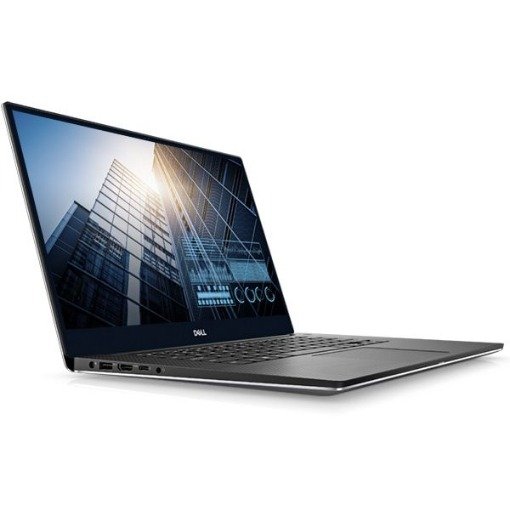

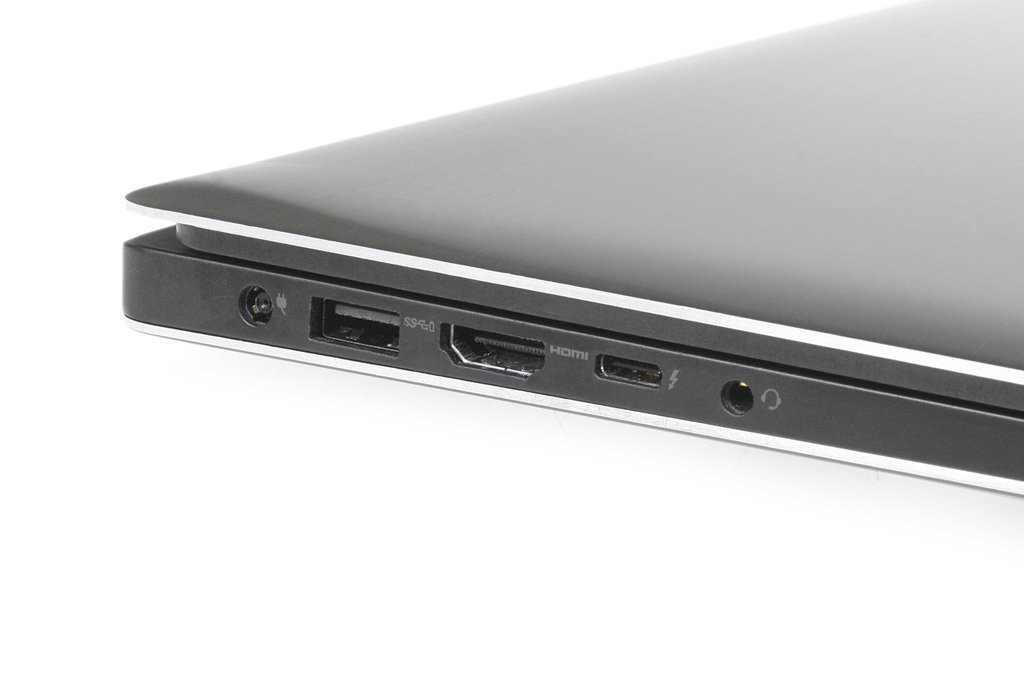
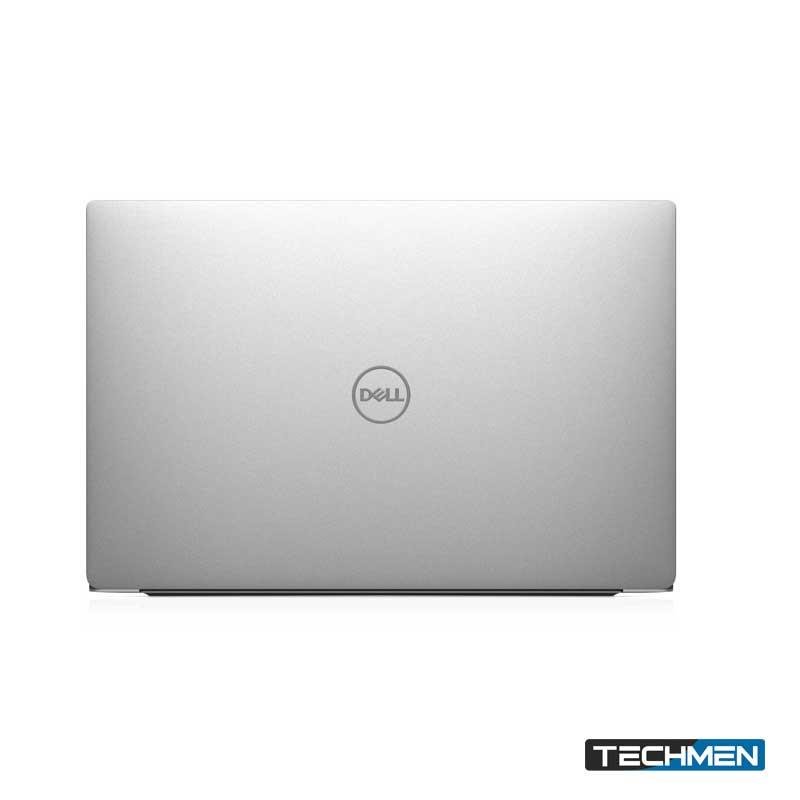
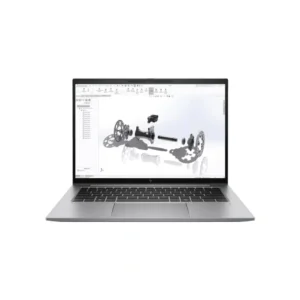
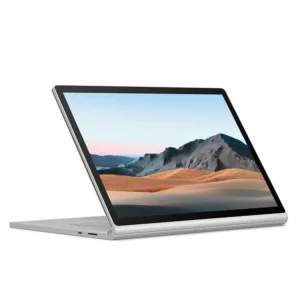
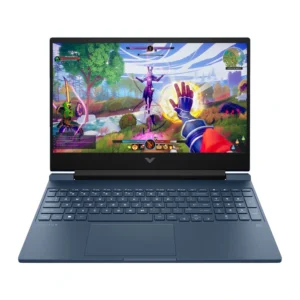

There are no reviews yet.